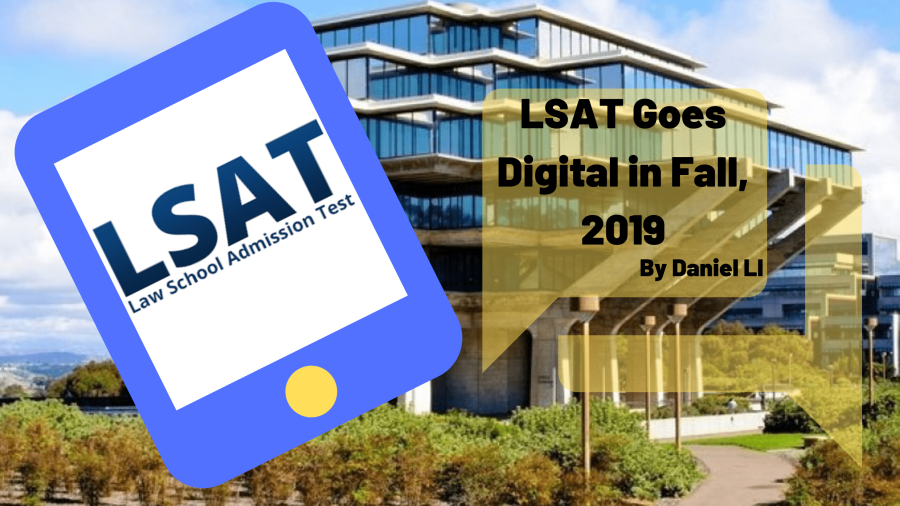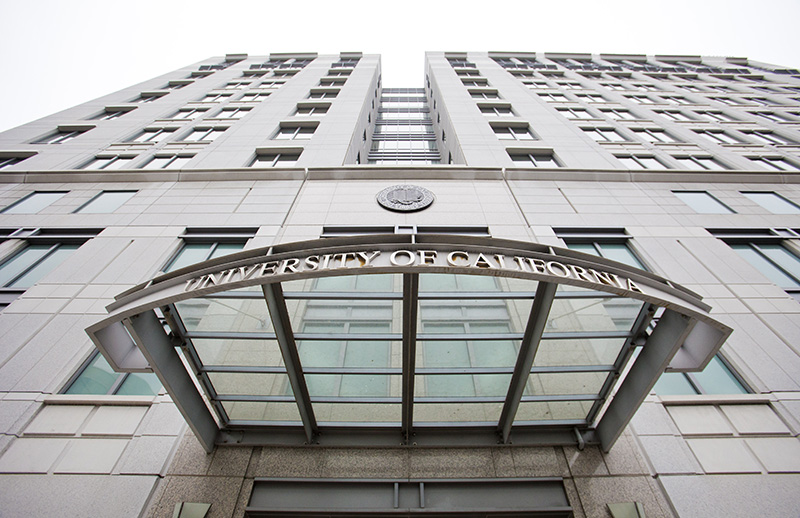Say no more to pen and paper – this fall, the Law School Admission Test will now only be offered in a digital format for prospective applicants. The LSAT is the last of graduate-school entrance exams to undergo this process, as all other national graduate exams have been digitized for several years.
The digital LSAT was first launched during the July 15 test administration, with half of test-takers assigned to take the exam on a tablet while the other half assigned to the traditional pen-and-paper format. However, Sept. 21 was the first test date in which everyone across the country took the exam on a tablet.
In the latest law school application data released by UC San Diego, from 2012 to 2016, UCSD had an average of 302 students each year apply to law school. UCSD applicants are admitted to American Bar Association-accredited law schools at a higher rate nationally, boasting an 86-percent average acceptance rate compared to the 76-percent nationwide average.
It be like that. pic.twitter.com/lv5tFm4jKJ
— Blueprint LSAT Prep (@BlueprintLSAT) September 27, 2019
According to Jeff Thomas, the executive director of pre-law programs at Kaplan Test Prep, the LSAT is an incredibly time-pressured exam and is the number one most important factor in law school admissions. He explained to the UCSD Guardian that every extra point that a student gets on the exam would potentially put them ahead of thousands of test-takers.
“Many students often have trouble finishing in the time allotted,” Thomas said. “In a paper-and-pencil format, there is a proctor with a watch on his or her wrist. A proctor giving 34.5 versus 35.25 minutes could actually make a difference in the scores. A digital test means that everything would remain consistent.”
Thomas went on to explain that the new digital format would allow for both more test dates and a quicker score turnaround.
“A digital test would allow more test dates because there are less logistics, such as scantrons and test booklets, involved,” Thomas said. “The last benefit is that students can get their score back faster because there would be no manual score processing.”
Thomas emphasized that students should not worry about technological difficulties arising during the exam as all possible mishaps have already been planned for. A closed-circuit wifi system is brought into each testing center, and there is a centralized computing system that constantly tracks the performance of every tablet during the exam.
“A lot of students are skeptical because the internet at their school is slow, but that should not be a problem,” Thomas said. “Test centers have extra tablets, so if a tablet freezes, the centralized system notifies the proctor and swaps it with a new tablet. The student would get the exact same amount of time that was left because the clock would have stopped.”
Thomas reiterates that this change is positive and will be beneficial for all law school applicants. Because of the new format, he recommends test-takers utilize the official digital practice tests offered by the Law School Admission Council and take the extra time to familiarize with the new tools, such as flagging questions and highlighting and underlining text. However, practicing in a paper-and-pen format is still an effective way to study as the content of the test is still the same.
“Potential test-takers should still try to practice in the traditional format; all question types, sections, section length, and scoring have not been changed,” Thomas said. “However, every single point on the LSAT is important; getting a 160 over a 159 could be the breaking point for a student getting into one school versus another. It is important for students to get used to their tool preferences on a digital format before the test date rather than going into it blind.”
Thurgood Marshall College senior Lydia Kim, a political science and communications double major who is looking to go to law school, is also in favor of the new digital format.
“I think that this shift is better because it lowers the paper trail and offers more tools for test-takers,” Kim said. “But there’s always the small risk that digital tests can increase error margin, whether it be from technical issues or the setup of questions in general.”
The next LSAT test date is on Oct. 28; applicants can register for future exams on the LSAC’s website. Kaplan Test Prep also has a tutoring center at UCSD, located at Price Center West.













